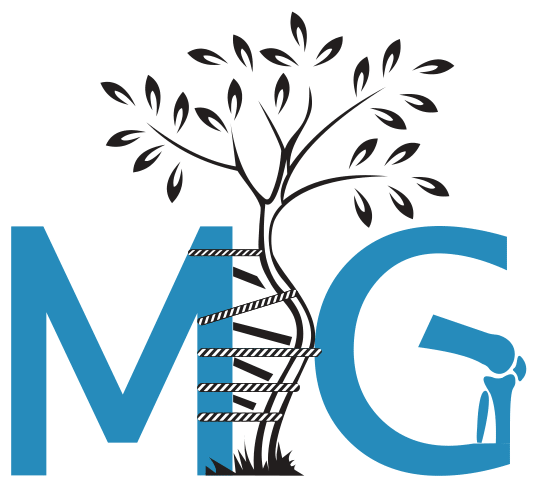PRP is the abbreviation of “Platelet rich plasma” in English. This treatment method has been widely used in the medical world in the last 10 years and has gained currency. Apart from its orthopedic applications, it is a treatment method which has been popular with its use for aesthetic purposes.
HOW IS PRP OBTAINED?
Platelet Rich Plasma (PRP) means a rich serum obtained from the blood cell called “thrombocyte” which provides clotting. Usually, the person’s own blood is taken through the vein. After the blood is rotated for 10-15 minutes in high-speed motor instruments (centrifuge), the shaped elements (blood cells) and serum (plasma) are separated into three separate layers. At the bottom are erythrocytes (red blood cells), platelets in the middle, and serum (plasma) at the top. Under sterile conditions, platelets and some serum are drawn into the syringe and then applied to the area to be treated -again- under sterile conditions.

HOW DOES PRP EFFECT?
Repair process in injured, damaged or problematic muscle, tendon, articular cartilage and bone tissue is triggered by inflammation initiated by cytokines (substances that allow cells to migrate to the injury site) and growth factors, which occur with the breakdown of platelets in the coagulated blood in the region. Inflammation can be understood as swelling caused by impact, hitting, injury. This inflammation initiates the healing process. Progenitor cells that are activated and proliferated by inflammation trigger the tissue’s self-healing process. The purpose of PRP injections is to provide healing in the diseased area by injecting this platelet-rich material.
It is a common mistake to launch PRP, which is effective as explained above, as a “stem cell” treatment. With PRP applications, no stem cells are injected into the tissue, but substances that stimulate and activate stem cells are injected.



HOW IS PRP APPLIED?
The blood taken from the patient via the vein (its amount varies according to the method used) is placed in the centrifuge tube. After it is rotated at high speed in the centrifuge device for 10-15 minutes, the part of the serum containing the platelet cell density is taken into the injector. The application area is sterilized and PRP serum is injected into the relevant area. Most of the orthopedic applications are applied in outpatient clinic conditions without requiring the person to stay in the hospital. In some cases, the application can also be performed in the operating room. There is no need for a specific follow-up after PRP applications. Patients should not engage in intense activities for 24 hours and should not take any anti-inflammatory drugs. Mild swelling and pain may occur at the application site.
WHEN DOES THE EFFICACY BEGIN AFTER PRP APPLICATION?
Efficacy after PRP injection usually starts at the end of the 1st week, although it varies according to the preparation method, maximum effectiveness is achieved in the 3rd – 4th week.
IN WHICH ORTHOPEDIC DISEASES IS PRP APPLIED?
The number of prospective and comparative scientific publications on PRP treatment is increasing day by day. In these publications, although different opinions about the effectiveness are put forward, positive and hopeful results for the future are obtained. First of all, it should be said that PRP applications should not be seen as a panacea for orthopedic problems. These applications are applications that help tissue healing, accelerate the healing process and increase its quality.
Orthopedic diseases in which PRP application is frequently preferred today are as follows:
- -Tendinitis
- -Tennis Elbow & Golfer’s Elbow
- -Shoulder & rotator cuff problems
- -Muscle injuries
- -Heel spur
- -Meniscus and ligament problems
- -Cartilage softening and early-stage cartilage lesions (chondromalacia) in the knee joint
- -Joint calcification in the early stages
- -To aid fracture healing
WHEN SHOULD YOU NOT APPLY PRP?
PRP injection should not be performed in the presence of systemic infection or an infection in the patient’s application area, if there are active skin lesions and any dermatological disease in the application area, and also not if there are diseases that reduce body resistance and bleeding problems, and active malignancy (tumor disease).
